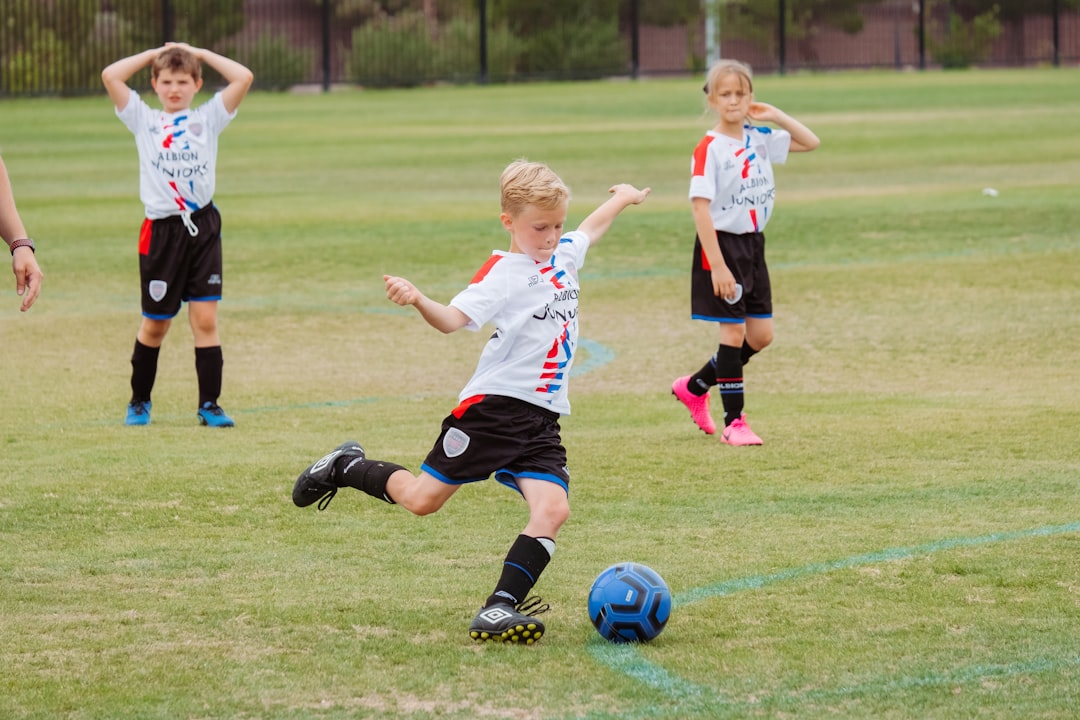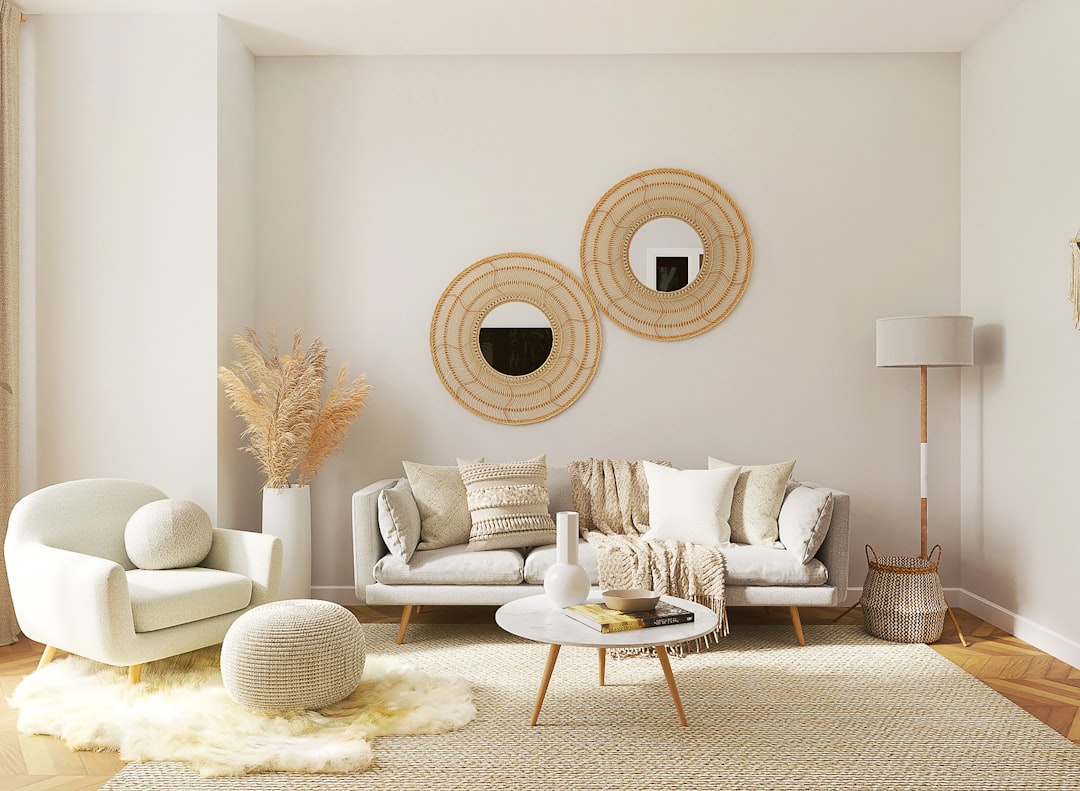What is it about?
In this paper, we explain the benefits of using the sense of touch to observe 3D objects, including anatomical parts, and its relevance in anatomy education. The afferent nerves from our hand take up a relatively large area of the sensory cortex, making it a useful sense with which to complement visual information. The Haptico-visual observation and drawing (HVOD) method is outlined.
Featured Image

Photo by John Jackson on Unsplash
Why is it important?
Encouraging students, as well as healthcare professionals, to use their sense of touch actively when observing the human body, will enable them to literally observe 'more' of what is right in front of them. The benefits of using the HVOD observation method includes the i) enhanced observation of the 3D form of anatomical parts, ii) the cognitive memorization of anatomical parts as a 3D 'mental picture', iii) improved spatial orientation within the volume of anatomical parts and, iv) an ability to draw.
Perspectives
I have been collaborating with Dr Iain Keenan on this topic since 2016. I thoroughly enjoyed writing this paper with Iain who, as corresponding author, very effectively coordinated the writing of this paper with all of our co-authors.
Leonard Shapiro
University of Cape Town
Read the Original
This page is a summary of: Focused Multisensory Anatomy Observation and Drawing for Enhancing Social Learning and Three‐Dimensional Spatial Understanding, Anatomical Sciences Education, December 2019, Wiley,
DOI: 10.1002/ase.1929.
You can read the full text:
Contributors
The following have contributed to this page










